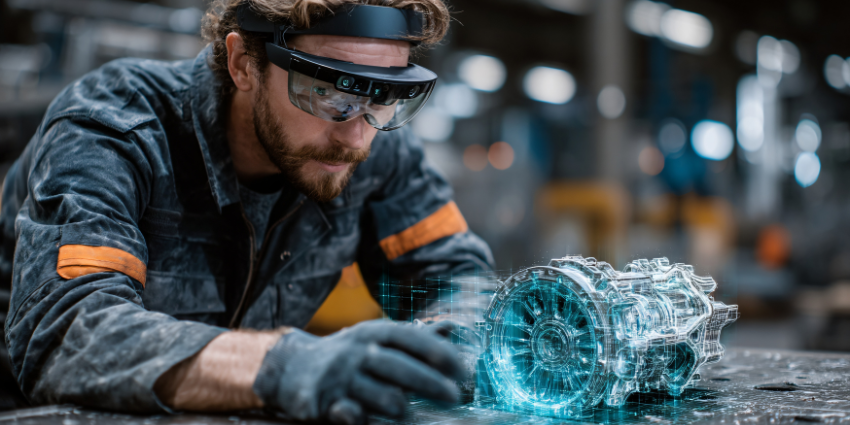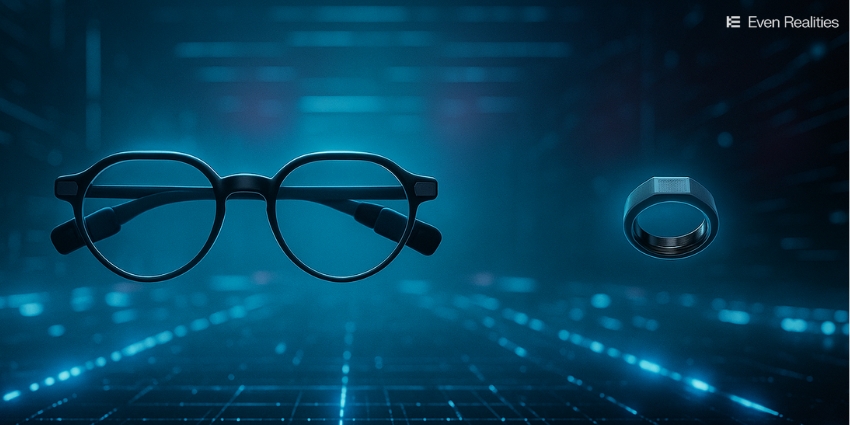AR technology is providing enterprise ROI – and the CEO of Ford just added another major example to the growing list of use cases.
CEO Jim Farley explained that AI-powered augmented reality is a “game changer” when it comes to simplifying repairs on vehicles.
Speaking at a conference of CEOs, Farley predicted that new technologies will bring pros and cons for the blue-collar worker.
While AR can provide support in blue-collar workstations, Farley noted:
“When I look at the AI solutions that get pitched to Ford, they’re all about white-collar efficiency”
“Very few AI companies come to us and say, ‘We want to dramatically help your efficiency repairing cars or your factory workers.’”
Clearly, the automaker sees potential for XR technology on the factory floor. The problem is that mainstream solutions, and their consequent widespread adoption, just aren’t there yet.
XR Innovation Gains Ground Beyond the Big Tech Stage
Away from the limelight of flashy events like Meta Connect, the path forward for XR technology in manufacturing is starting to develop.
For example, researchers in Ohio have received nearly $3 million in funding to study how AI and AR can support metal recycling and manufacturing.
Their plan is to implement ‘recyclofacturing’, where workers turn scrap metal into useable parts that have been requested by consumers.
The research project will look at how AI-assisted robotic arms can support the metal reshaping process, and how AR headsets can help factory workers with the process of welding these parts together.
Despite being in its early stages, researcher Sean Banerjee stated that the project’s results will made public so that anyone can learn from them – hopefully sparking new opportunities for the global manufacturing industry and its labor force.
From Factory Floors to Flight Decks: XR Training is Set to Take Off
The prevalence of extended reality tech on the assembly line is only expected to grow, according to a recent forecast.
The market value of AR & VR technology in manufacturing is estimated to rise from USD$13 billion in 2024, to over USD$57 billion in 2030, a report from Global Information, Inc (GII) concludes.
The report states that augmented reality technology can support workers across this sector by overlaying information fields onto physical objects, allowing them to visualize complicated processes.
We’re already starting to see this capability being explored by Amazon, as their ‘Amelia’ smart glasses aim to provide delivery drivers with hands-free navigation visualizations.
Furthermore, GII points out that virtual reality simulations can enable workers to practice their craft in a digital space where they can safely make mistakes.
VR-enabled training is already being rolled out to 23,000 Emirates cabin crew in a program to grow skills – without risking employee safety or equipment damage.
It’s Time to Get Our Hands Dirty with XR
Ford’s CEO is right to point out that many ‘workplace’ tech solutions are focused on helping those sat in front of a screen within an office cubicle.
But XR technology clearly has the potential to improve productivity and conditions for those getting their hands dirty on the factory floor.
If we continue to see more investment and research going towards XR tech in manufacturing, blue-collar workers may have the opportunity to upskill and upgrade like their office-counterparts.







